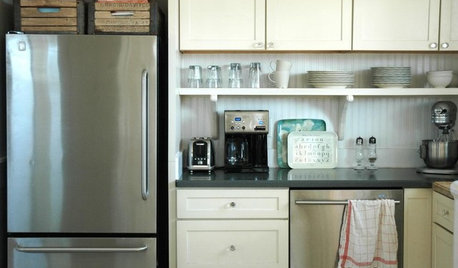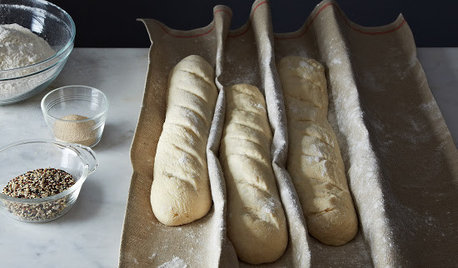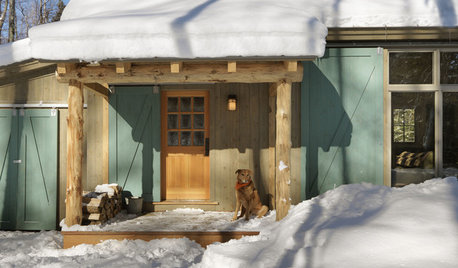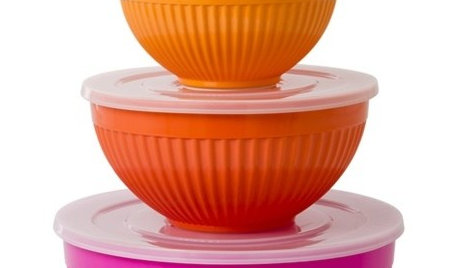How much sourdough starter to make sponge?
ginjj
15 years ago
Related Stories

KITCHEN DESIGNGet Your Kitchen ‘Bake Off’ Ready
Make it easy to whip up a cake or a batch of cookies with these tips for organizing your space
Full Story
SMALL HOMESHouzz Tour: Sustainable, Comfy Living in 196 Square Feet
Solar panels, ship-inspired features and minimal possessions make this tiny Washington home kind to the earth and cozy for the owners
Full Story
HOLIDAYSCollecting Christmas Ornaments That Speak to the Heart
Crafted by hand, bought on vacation or even dug out of the discount bin, ornaments can make for a special holiday tradition
Full Story
KITCHEN DESIGNTrick Out Your Kitchen Backsplash for Storage and More
Free up countertop space and keep often-used items handy by making your backsplash more resourceful
Full Story
HOUZZ TOURSMy Houzz: Comfortable Country Style in Cincinnati
Warm colors, extra rooms and plush furniture make a couple's farmhouse-style home worth sharing with guests
Full Story
OUTDOOR KITCHENSYour Grill Season Checklist
Get your barbecue in top shape and round up essential grilling tools to make your backyard cookouts sizzle
Full Story
PRODUCT PICKSGuest Picks: Be Your Own Artisanal Chef
You may never settle for prepared foods again with these cooking tools, gadgets and storage pieces
Full Story
SELLING YOUR HOUSEHow to Stage Your Kitchen for a Home Sale
Attract buyers with a kitchen that’s clean, bright and welcoming — no expensive overhaul required
Full Story
RUSTIC STYLE10 Cabin Rental Basics for City Slickers
Stay warm, dry and safe while you’re enjoying winter cabin life with this valuable advice
Full Story
PRODUCT PICKSGuest Picks: 20 Color-Happy Kitchen and Dining Accessories
Brighten up! These trays, cups, utensils and more provide a joyous color jolt to diners and cooks alike
Full Story




ann_t
bejay9_10
Related Discussions
Wild Yeast Sourdough Starter
Q
Sourdough Starter
Q
Is there a faster way to use sourdough sponge in bread
Q
Things to make c/discarded sourdough starter?
Q
teresa_nc7
ginjjOriginal Author
teresa_nc7
ann_t
ginjjOriginal Author
ginjjOriginal Author
teresa_nc7
ann_t
teresa_nc7
ann_t
shambo
ann_t
teresa_nc7
shambo
althetrainer
misfit
teresa_nc7
Terrapots
misfit
althetrainer
coconut_nj
teresa_nc7
althetrainer
teresa_nc7
ginjjOriginal Author
teresa_nc7
althetrainer
ann_t
ginjjOriginal Author
teresa_nc7
ginjjOriginal Author
teresa_nc7
althetrainer
ann_t
althetrainer
Cloud Swift